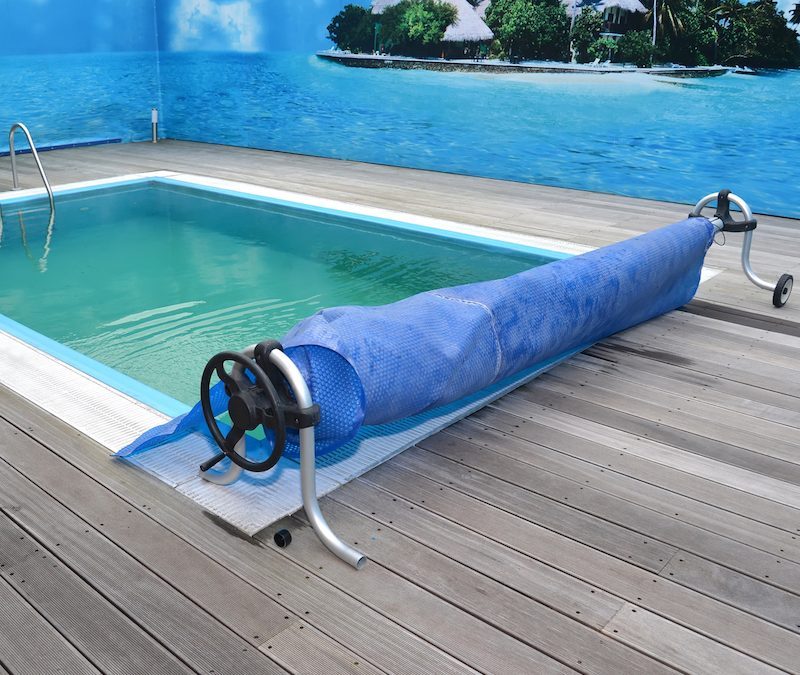Introduction:
A pool cover plays an indispensable role in preserving the cleanliness and longevity of your swimming oasis. However, time and various environmental factors can take their toll on these protective shields, leading to rips, tears, or other damage. Fixing a pool cover not only restores its effectiveness but also ensures your pool remains inviting and safe for use. This comprehensive guide will provide you with step-by-step instructions, tips, and techniques to repair a pool cover effectively, ensuring your pool stays pristine during all seasons.

Image: www.lovemypoolclub.com
Maintaining a pool cover’s integrity is crucial for several reasons. It shields your pool from external elements such as dirt, debris, leaves, and insects, preventing contamination and reducing the need for excessive chemical treatment. Additionally, a well-maintained pool cover prevents water evaporation, conserving water and reducing the cost of refilling. Furthermore, it inhibits the growth of algae and bacteria, maintaining the hygienic condition of your pool and preventing unpleasant odors or skin irritation.
Materials Required for Pool Cover Repair:
1. Pool Cover Repair Kit (includes patches and sealant specifically designed for pool covers)
2. Scissors
3. Measuring Tape
4. Clean, lint-free cloth or sponge
5. Pool Cover Cleaner (optional)
Step-by-Step Repair Instructions:
1. Cleaning and Assessment:
Before attempting any repair, thoroughly clean the damaged area of the pool cover using a clean cloth or sponge and pool cover cleaner to remove any dirt or debris that may interfere with the adhesion of the patch. Once the area is cleaned, inspect the damage to determine the extent of the repair needed.
2. Cutting and Preparing the Patch:
Measure the damaged area and cut a patch from the repair kit that is slightly larger than the affected area. Round the corners of the patch to prevent sharp edges from peeling. Apply a thin layer of sealant around the edges of the patch.
3. Applying the Patch:
Position the patch over the damaged area and press firmly around the edges, ensuring good adhesion. Use a clean cloth to apply even pressure over the entire surface of the patch.
4. Sealing and Reinforcing:
Apply a generous layer of sealant over the entire patch, extending 2-3 inches beyond the edges. Use a brush or applicator to ensure the sealant is evenly distributed. If desired, you can reinforce the patch by applying an additional layer of sealant or using a patch reinforcement kit.
5. Drying and Curing:
Allow the sealant to cure for the recommended time specified in the manufacturer’s instructions. Avoid exposing the repaired area to excessive sunlight or pool chemicals during the curing process.
Additional Tips and Considerations:
- Inspect your pool cover regularly for minor tears or damage. Prompt repair of small defects can prevent more significant and costly damage.
- If the damage to your pool cover is extensive or affects a large area, consider purchasing a new pool cover or seeking professional repair services.
- Ensure proper storage of your pool cover during off-seasons to prevent premature wear and damage. Avoid storing it in direct sunlight or high-moisture areas.
- Follow the manufacturer’s instructions provided in the pool cover repair kit to achieve optimal results.
- Always prioritize safety when working around pools. Wear appropriate clothing, use ladders or steps for accessing the pool cover, and adhere to the guidelines set by reputable pool safety organizations.

Image: www.seahorsepools.com
How To Fix A Pool Cover
Conclusion: